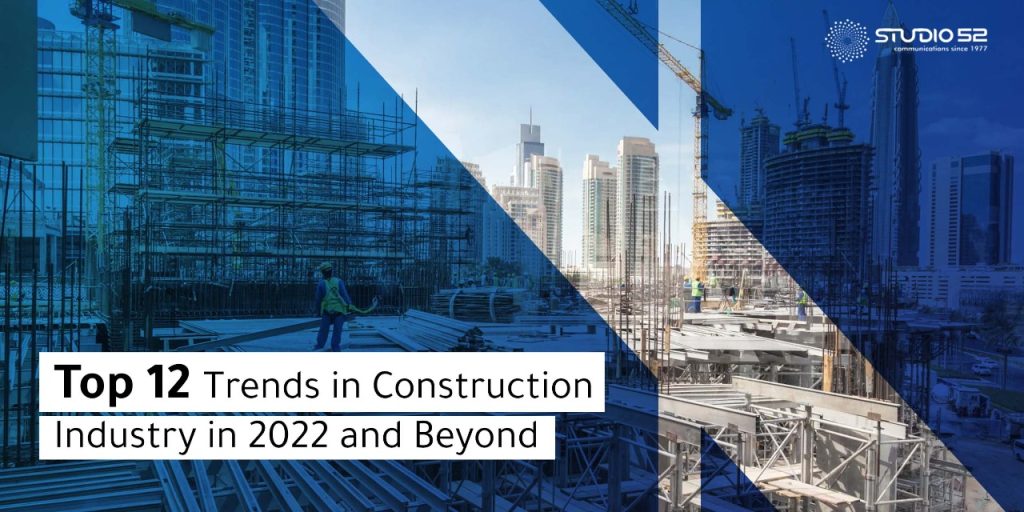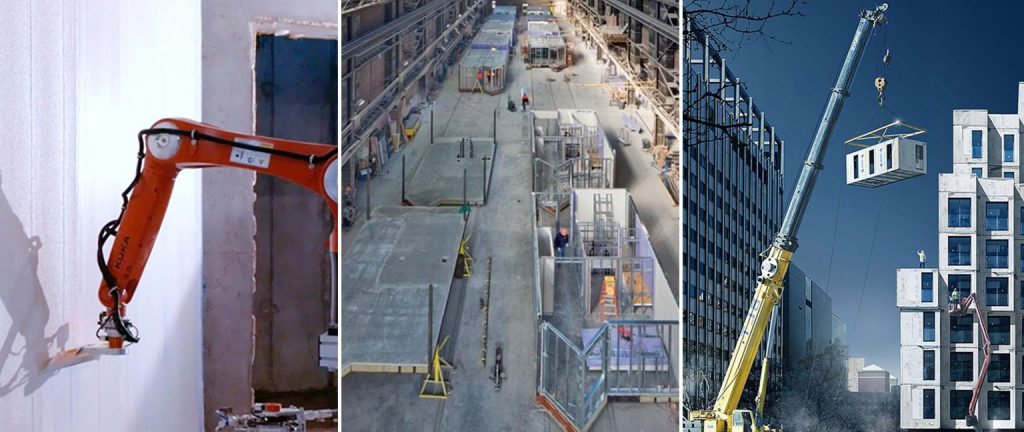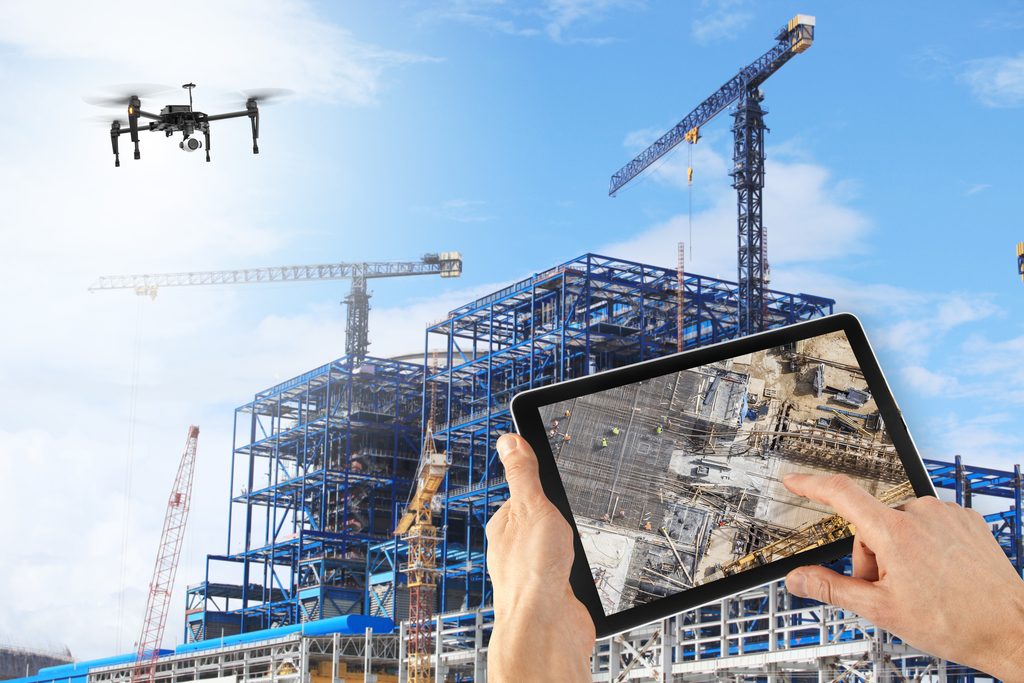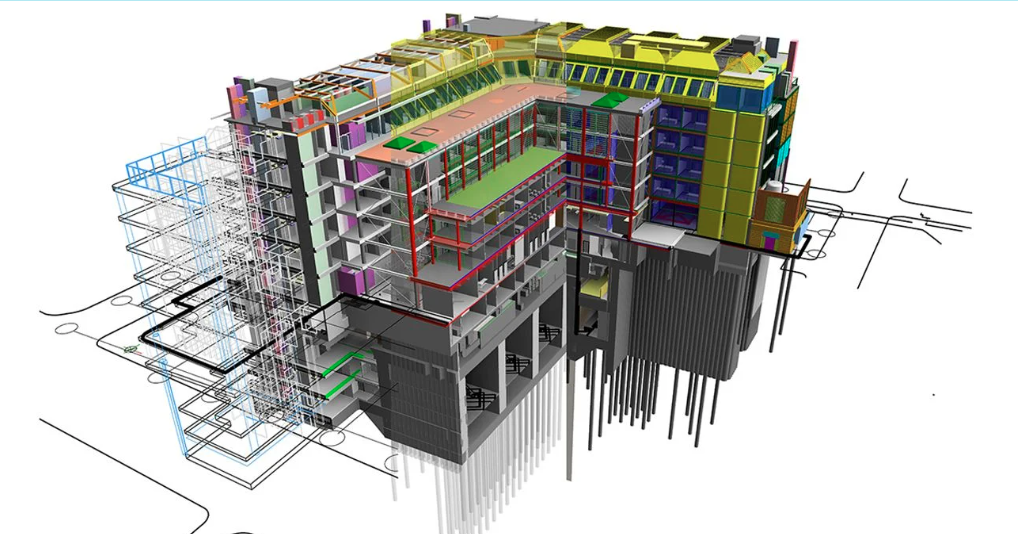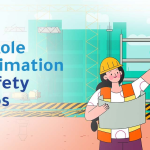The construction industry is a universe of its own. It’s not like software or movies; new trends in the construction industry are used each year to improve construction processes. But the reality is that many construction firms ignore new technologies and continue using traditional methods, which are often ineffective and expensive.
So if you’re involved with building or improving your home or business, it’s essential to know about these trends to prepare for them. Here is a list of trends you must keep an eye on in 2022 and beyond.
1. Construction Management Software
Construction management software is a boon for the industry and will only improve in 2022. It can help with scheduling, estimating, and project management across multiple sites.
It can also enhance communication and collaboration between the construction team members, including subcontractors, clients, etc.
Most importantly, it helps with decision-making by providing insights into the current status of work in progress, enabling managers to make informed decisions about planning for future activities based on actual data rather than assumptions or guesses.
Some of these tools also integrate safety management systems into their platforms so that you don’t have to look for another tool just for this purpose alone!
2. Modular Construction
Modular construction is the use of pre-manufactured units to build structures. It’s a way to build quickly and efficiently, which can reduce costs and waste, as well as improve worker safety. Modular construction is used in residential and commercial buildings and multi-unit residential projects like apartment buildings.
The benefits of modular construction include the following:
- Reduction in time from start to finish on projects (as much as 25 percent faster than traditional methods)
- Reduced costs due to eliminating waste from site preparation and construction materials
3. Construction Drones
Drones are a great way to monitor the progress of construction sites, assess safety hazards and other risks, and monitor the environment around your building site.
For example, drones can help you detect if there are any problems with the foundation or structure of your project before it’s too late. They can also provide information about whether you have enough room for parking on-site, whether there are any trees or utility lines that need to be removed or moved (if not already done), etc.
If you want to keep workers safe and reduce equipment and materials needed on-site costs, consider using drone technology. To fulfill this, look no further because we can create amazing drone videos for your every need.
4. Autonomous Machinery
Autonomous machinery is a new trend in construction. In 2022, it is widely used across all types of buildings and sites. Autonomous machinery helps to save time, money, and resources; reduce the risk of accidents; increase safety, security, and efficiency on construction sites.
Autonomous machinery includes artificial intelligence (AI), robotics, and computer vision, enabling machines to make decisions independently without human intervention. With real-time data gathered from various sensors installed on site, they can plan routes for movement and map out areas where more work needs to be done – tasks that would otherwise require manual labor.
An example from the mining industry shows how effective this technology can be: Rio Tinto uses an autonomous drilling machine called Autonomous Haulage System (AHS), which works 24 hours per day without human intervention using AI algorithms programmed into its system!
5. Augmented Reality
Augmented reality is a technology that superimposes a computer-generated image on a user’s view of the natural world, thus providing a composite view. It has many applications in construction. For example, you can create an augmented reality app or add an AR feature to your existing app to allow builders and architects to visualize the final product before starting.
AR is also used for thoughtful city planning, 3D models of buildings, collaborative working environments, virtual tours, indoor navigation, and training simulators. Augmented reality is no longer just something from science fiction movies; it’s here now!
6. Building Information Modeling
Building Information Modeling (BIM) is a collaborative way of working that allows all parties to see and understand the building as it is being built. It can help reduce costs by standardizing the data, reducing delays by ensuring everyone has access to up-to-date information, and increasing safety with better coordination between trades.
BIM allows collaboration between disciplines at all levels of the project, from initial concept design through construction administration. It allows designers to produce efficient building services models that are more accurate than traditional hand sketches or drawings, as well as providing cost savings through increased accuracy and efficiency in procurement processes.
7. Digital Collaboration
Digital collaboration and remote working are on the rise in the construction industry. It helps businesses be more productive, efficient, and effective. In fact, a recent survey by Construction News found that over half (54%) of construction professionals said they were working remotely at least once a month, while nearly one-third (32%) said they were doing so daily.
The benefits of digital collaboration and remote working include:
- Improved productivity – employees can work from anywhere and at any time, so they can spend less time commuting and more time doing their job.
- Improved efficiency – with real-time communication tools like chat and video calls, you can cut down on email chains and have a more direct line of communication with your clients or colleagues.
- Increased profitability – by reducing travel time and costs, you’re able to save money that can be reinvested back into your business for growth or profit-sharing schemes for staff members.
8. Timelapse Videos
With the advancement of technology, we can capture and share information in ways deemed impossible just a few years ago. One such example is using timelapse videography to share the progress of projects.
Timelapse video production company help you create a visual representation of your project and its completion date, which is used for marketing and promotion purposes. They also help keep clients updated about their project’s progress, especially those not physically present at construction sites all day long.
With our timelapse service, you can capture beautiful timelapse videos that highlight the evolution of your project over time—whether it’s an entire building being constructed or just some remodeling work on an existing property—in mesmerizing detail!
9. Construction Robots
Construction jobs are dangerous and physically demanding, so there is a lot of interest in using robots to assist humans on these projects. Robots have been used for years in the construction industry because they can perform tasks that humans cannot or can’t do efficiently.
For example, robots have been used to remove hazardous materials from sites where people risk exposure to toxins and other hazards. In addition, many companies use robotics systems to improve safety by automatically detecting objects such as gas leaks or fires. At the same time, they’re still small enough to be extinguished before they become more significant problems like explosions and loss of life.
Companies also use automation technology like autonomous vehicles and drones because they improve productivity by reducing costs associated with human labor (such as overtime pay). In addition, it increases accuracy levels because there’s less room for error when machines do most of the work themselves!
10. Green Building
Green building is a way to build that minimizes environmental impact and resource consumption. While this approach has been around for quite some time, it has become more common in recent years. As the construction industry expands to meet the growing demand for housing, commercial spaces, and infrastructure projects like bridges, railways, roadways, and ports, green practices will be adopted by a broader range of builders.
In addition to using renewable energy sources, new projects will use sustainable materials such as recycled wood planks or metal roofing shingles.
These types of building materials are better for the environment because they reduce waste while maintaining their quality over time without having any adverse effects on human health or safety concerns during use by people living nearby
11. 3D Printing
The technology has been developing rapidly and is used to produce industrial parts and prototypes of new products. It is also used by architects and designers to design structures that are beyond their capabilities.
The use of 3D printing in the construction industry will lead to significant changes in the construction process. It will impact various aspects of construction including project management, on-site coordination, procurement management, quality assurance, and control as well as post-construction maintenance.
3D printing offers several advantages over traditional methods of production:
- The cost of production is significantly lower compared to traditional methods of manufacturing because it eliminates waste associated with traditional manufacturing processes such as cutting or milling materials into shape using saws or lathes.
- The number of processes required for a product can be reduced from several hundred down to just one.
- Complex geometries are possible with 3D printing technology which cannot be produced using conventional manufacturing methods.
- The nature of the material used for 3D printing allows for great flexibility in design because it can be changed easily during the design phase.
12. Construction Safety Video
Safety videos are a great way to educate workers about safety in construction. These videos are also used for training purposes for new employees. A safety video is an excellent tool to improve your company’s workplace safety culture. You should consider using an expert media production to provide you with an engaging and effective safety video.
Bottom Line
The future looks very promising for the construction industry and the consumers of construction projects. It is because the industry will be more efficient, productive, sustainable, innovative, environmentally friendly, and safe for workers and consumers. For example, we now have more efficient tools to build faster, better, cheaper, and cheaper than before. In addition, new materials, such as 3D printing, are being used, which will be more cost-effective and environmentally friendly. As a result, your construction company needs to make its products more competitive than before!


